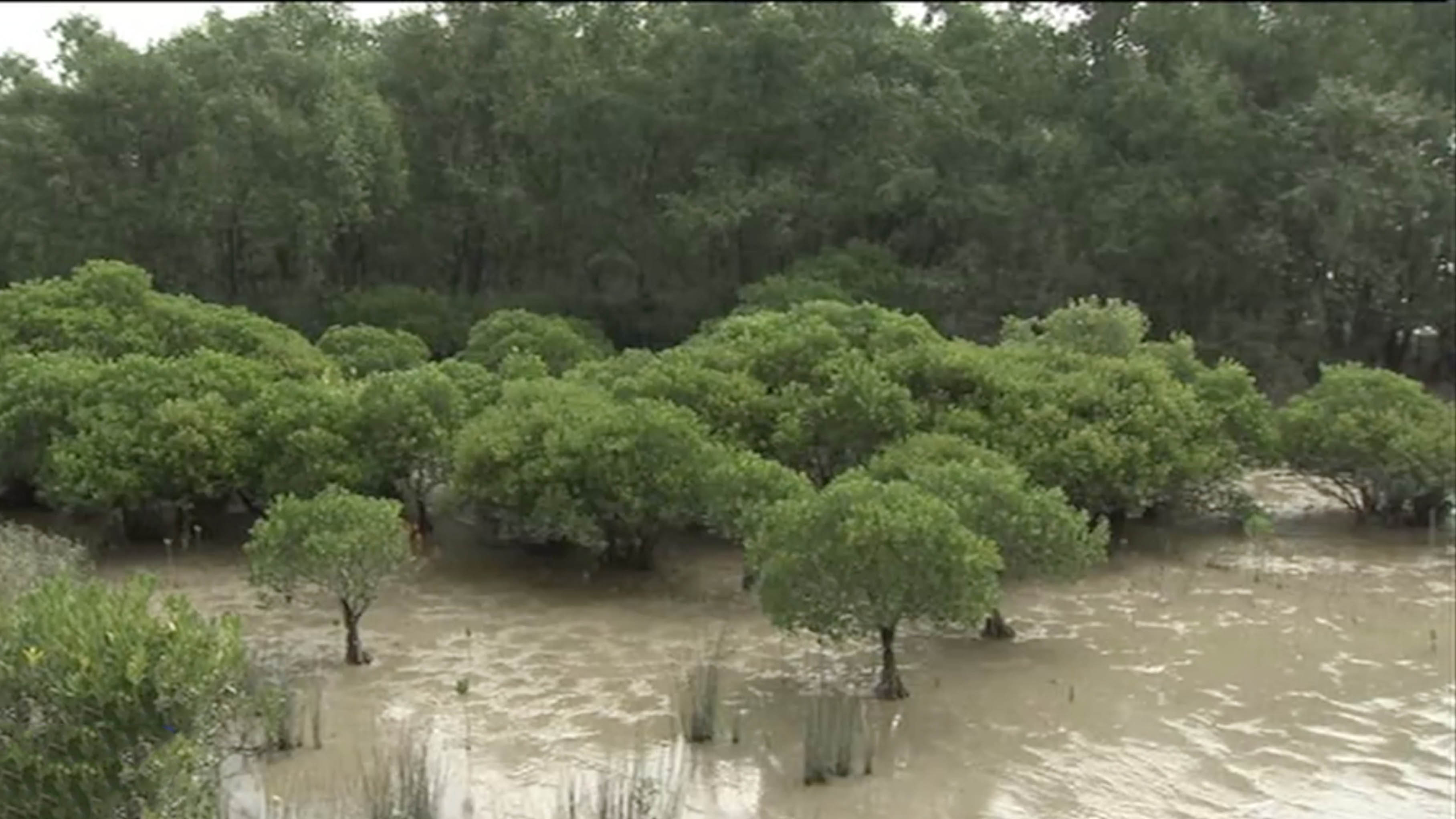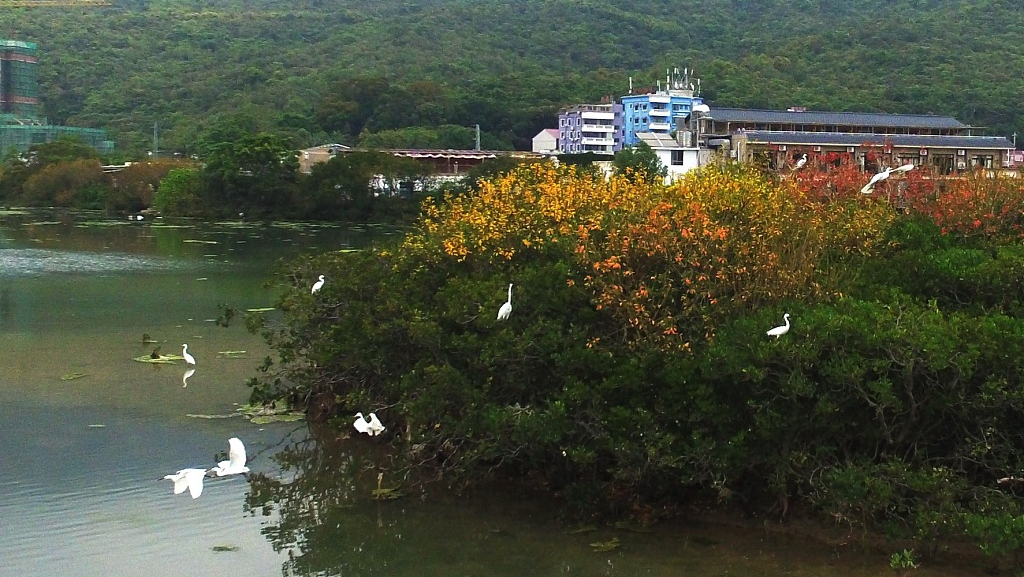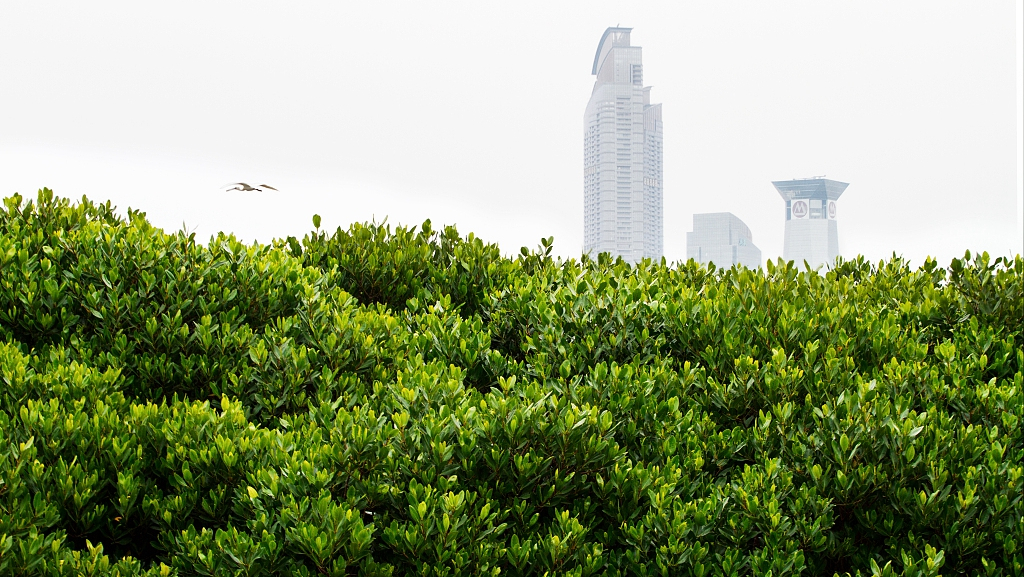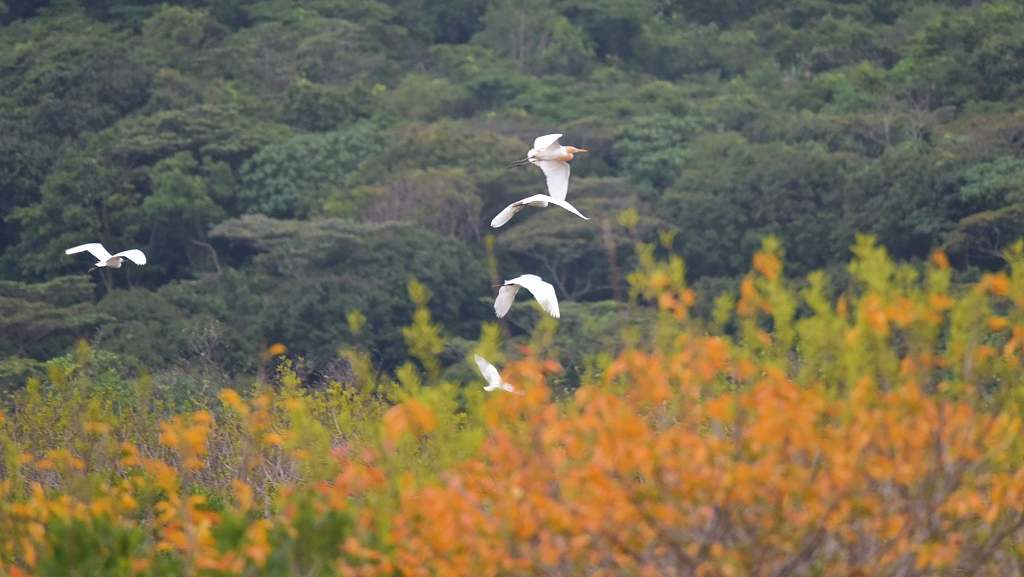02:55

Southern China's city of Shenzhen is more often than not referred to as a tech hub and innovation center. But perhaps overlooked is the city's willingness to balance and embrace green development alongside economic growth. After all, the city has etched its name into history for being at the heart of China's opening-up and reform process, which came with unprecedented changes on a variety of fronts.

Mangrove forest in Shenzhen, southern China's Guangdong Province. /VCG Photo
Mangrove forest in Shenzhen, southern China's Guangdong Province. /VCG Photo
Its coastlines that lead to the Pearl River Delta and beyond have historically been a breeding ground for fish, migratory birds and other animals. An abundance of habitats thrived here based off of wetlands and what is known as the mangrove shrub. This ecosystem, serving a multitude of functions, has suffered over many decades due to port development and human settlements. However, at one major nature conservation conference taking place in the tech city, ecologists, conservationists and those in other relevant fields are echoing a brighter sentiment for the local environment.
"China's mangrove forest has actually been declining dramatically over the past century. But this has been reversed over the past 20 years. And now the national government has a major focus on the restoration of mangrove forests," says Lei Guangchun, the dean of the School of Nature Conservation at Beijing Forestry University.

Mangrove forest in Shenzhen, southern China's Guangdong Province. /VCG Photo
Mangrove forest in Shenzhen, southern China's Guangdong Province. /VCG Photo
The first World Forum on Nature Conservation has brought together leading experts from across the globe, discussing how sustainable development can be better implemented. For a location like Shenzhen, hosting such an event is more than fitting.
Because of the city's geographical placement, most of its shores are lined with mangroves. These plants grow in tropical and subtropical communities and regions. They're able to adapt to changing water levels and inundated tidal areas, thus creating an ecosystem which provides a connection between the marine environment and land mass.
"We're talking about an ecosystem that sits between the marine environment and the fresh water, or terrestrial environment, often playing an incredibly important functional role in that relationship between land and sea, buffering the land and human settlements against, for example, storm surges and even tsunami," says Trevor Sandwith, the director of IUCN's Global Protected Areas Program.

Mangrove forest in Shenzhen, southern China's Guangdong Province. /VCG Photo
Mangrove forest in Shenzhen, southern China's Guangdong Province. /VCG Photo
Representatives from the Futian Mangrove Ecological Park, an organization that has engaged in many projects throughout Shenzhen, say the habitat also protects fish, shrimps, crabs and shellfish from strong winds and ocean waves. Their partially submerged plantations also serve as an ideal reproduction center for migratory birds, that return during the winter.
And the park's deputy director, Wang Mengqi, adds that one aspect of what the foundation is striving to accomplish is to also shed more light on the importance of mangroves and their role.
"The goal here is to protect the mangrove ecosystem and water birds that come here during the winter. Despite the area being small, only 368 hectares, its role is significant as a transit area for wildlife. We have three major functions here: patrols throughout the area, conducting scientific research, and providing education seminars to students."
(All images via VCG)
(If you want to contribute and have specific expertise, please contact us at nature@cgtn.com.)